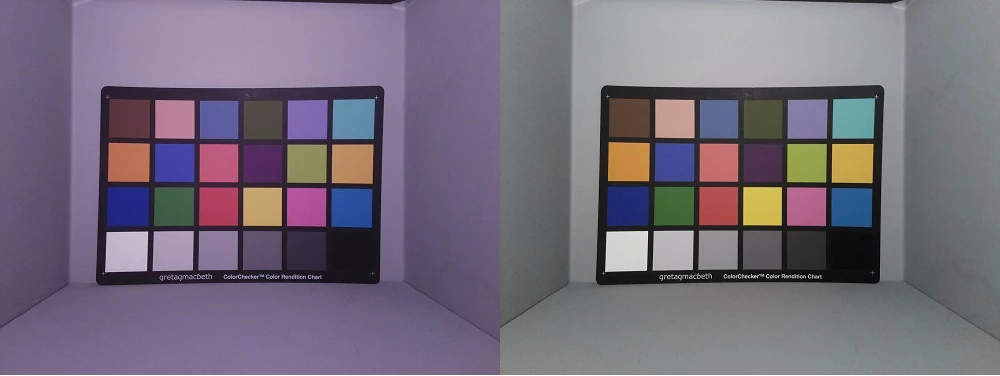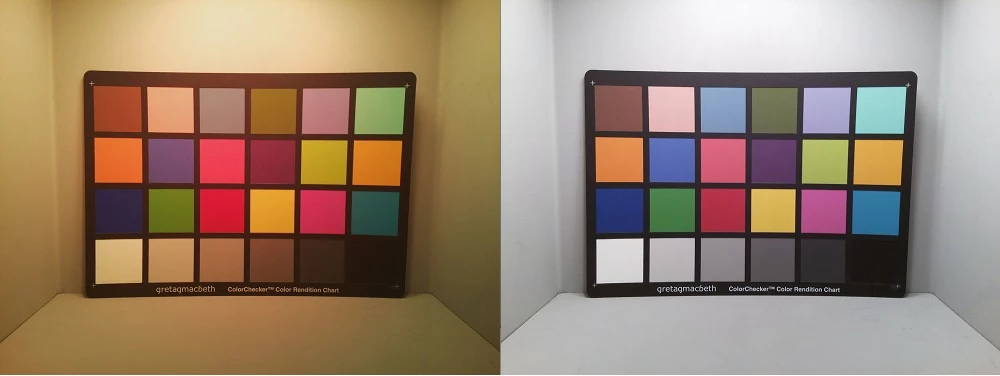The 5 megapixel OmniVision camera sensor at the heart of the Raspberry Pi camera module released in 2013 was discontinued toward the end of the following year. Makers have been able to continue including camera boards in their projects though, thanks to some nifty stockpiling by retailers. But supplies are now running low, so the Raspberry Pi Foundation has announced an 8-megapixel successor.
The OV5647 visible light sensor was capable of capturing 2592 x 1944 resolution stills and recording Full HD video at 30 frames per second. The new fixed-focus camera module is based on Sony's back-illuminated IMX219 CMOS sensor, which drives up the pixel count to just over 8 megapixels (3280 x 2464), while also promising high sensitivity, low noise and improved image quality.
The Raspberry Pi Camera Module features auto exposure control, auto black level calibration and auto luminance detection, and offers reduced image contamination.
The board's VideoCore IV GPU has been optimized for use with the new sensor, which mainly involved adjusting the lens shading and tuning the auto white balance. The results of the latter can be seen below.


"AWB is tricky because we must ensure correct results over a large section of the color temperature curve," said Naush Patuck, the former Broadcom imaging team member responsible for the tweaks. "In the case of the IMX219, we used images illuminated by light sources from 1800K (very 'cool' reddish light) all the way up to 16000K (very 'hot' bluish light)."
Like it's predecessor, the upgraded module connects to the main Raspberry Pi board via a 15-pin ribbon cable. The Sony-based camera module is available through RasPi partners RS Components and element14, and is priced at US$25.
Source: Raspberry Pi Foundation




